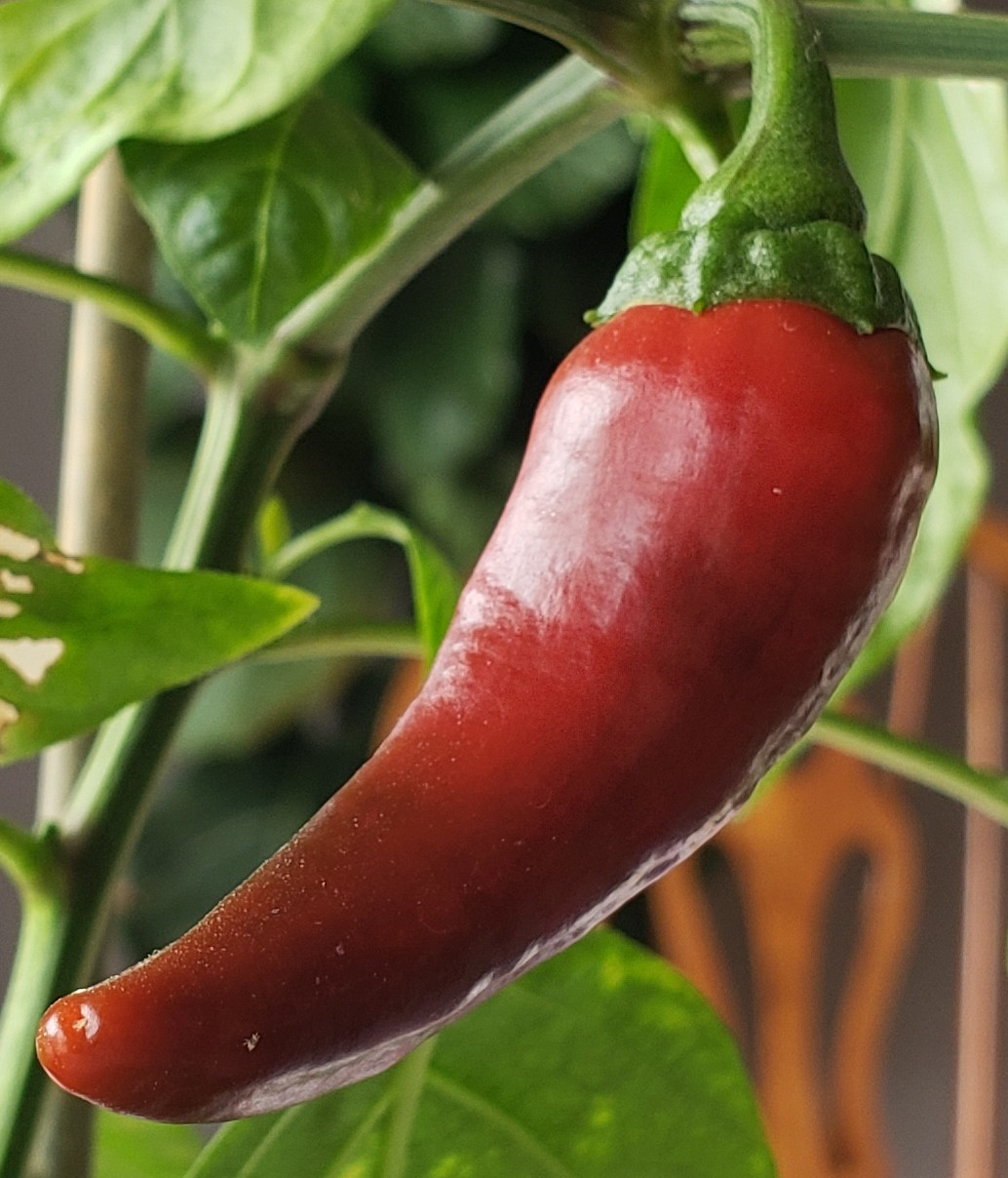Think of a time when you’ve seen a big group of people you don’t know. Maybe you enter a new class, or see a crowd at an event, or there’s a team of people building or maintaining something. If you don’t know them, your brain might just classify them as “the people in the class/event/construction site” and not go further. But obviously, each one of those people has their own personality, inner life, needs, desires, etc, that is occluded by a casual definition of “they’re the crowd in this class/event/construction site”.
The same kind of thing happens when you look at a green space that you don’t know, whether it’s a forest, a meadow, a garden, or just a little patch of growth. It’s easy for your brain to just think “it’s a forest” and not classify any further.
Naming something is an important part of recognizing it and understanding it as a distinct entity. Once you’ve put a name to something, it’s possible to character it as a unique part of the whole. For a plant, naming it helps you understand what it likes, doesn’t like, where it grows, what eats it or doesn’t, it’s morphology and how it varies over the season. Naming doesn’t mean understanding but it is a necessary step that allows understanding.
learn a little geology, botany and zoology and you’ll never be bored wherever you go. the Earth will tell you stories
the Earth will tell you stories
This is exactly it
I had this experience the other day while walking my dog. We came across a beautiful flowering tree that smelled so nice, but I didnt know what the name of the tree was
Seek by iNaturalist is a iPhone/ Android app that lets you point your camera at any animal or plant, and it’ll try and identify it down to species. There is some stuff about location tracking, officially to give you a little scavenger hunt for plants and animals near you. A hiking buddy of mine showed it me two years ago, and so far I’d say a lot of times you can only get to genus, but for most plants you can get the common name from the genus.
I did start doing that, and what I found out since then is that unlike animals, plants have multiple names to the point where Wikipedia articles of plants just use their taxonomy name. I’ve also noticed that people repeatedly conflate clovers with woodsorrels. I think it’s because when clovers are drawn, people stylize them, but they stylize them too much so they just look like woodsorrels instead.
your post was from a while ago but thanks for linking this. I’ve wondered about what I now know are woodsorrels in the garden here because they look like clover but aren’t. I’m frankly not a fan of them but at least now I know what they are.



